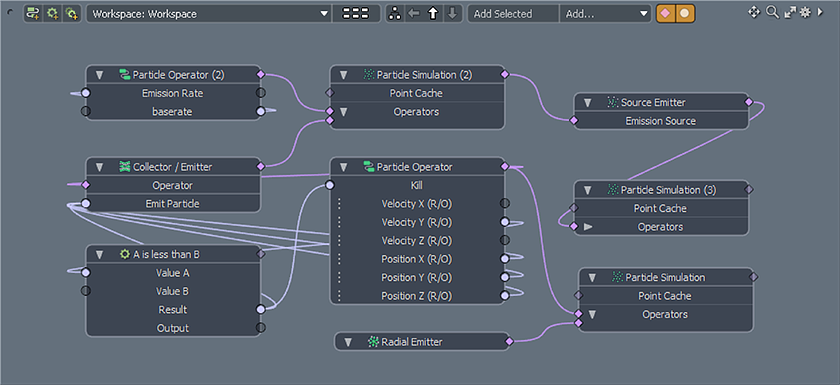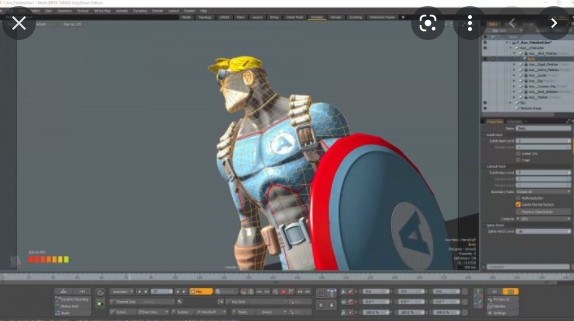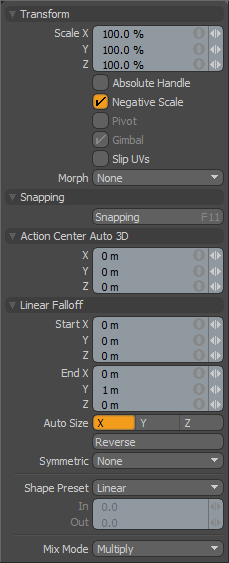
Seconds- Indicates frames as a passage of time, using the "0.0s" format. (Users may also input alternate time styles into dialogue and modo will convert to the chosen format, such as entering 3.25s will display 00:03:06 with SMPTE format time system)įrames- Indicates frames as sequential numbers, using standard numbering format. Users may modify these settings independently for each scene in the Scene item. This option determines the default 'Time Systems' for any new scenes as well.

Time System: The Time System determines how modo displays time in both the Timeline and input fields related to timing. Users can also 'Duplicate' and 'Delete' aliases. There are also options available by RMB+clicking on the Alias and Path to 'Rename' an alias, to 'Change Path'. Of course the content will need to exist within each locale as well. Only the Alias itself needs to be identical, the paths do not. When modo opens the scene, when it comes across images saved in the folder 'LostSkeleton' the path alias defined on machine 2 is used to search for the images for loading. Users can copy the files from Machine 1 into this directory. Machine 2 path = "/Users/Lighting/Scenes/LostSkeleton" this path is also defined with the alias 'LostSkeleton'. When any files are loaded into the scene from this directory, their path will simply be called 'LostSkeleton' internally. Machine 1 path = "C:\Animations\LostSkeleton\Scenes\" This path is defined as an alias called 'LostSkeleton'. When the scene file is moved to the next system, if the same Aliases are defined with appropriate paths, when modo comes across any Alias in the scene the provided path is used. Any files within a scene that contain the defined path will use the Alias instead. Users can define an Alias that represents an absolute path on the local system. Path Aliases provide users a means to easily move modo scenes between disparate computer hardware. They can be helpful to users in that they allow arbitrary information to be associated to specific items layers, such as adding instructions within a scene that applies to a certain item. Â The 'Item Tag' Editor (which is actually a viewport embedded into the prefs form) is intended for use mostly by scripting and plug-in developers. Â The editor also allows the number of lines to be set (for a multi line tags like "Comment") and allows tags to be hidden from the user (for internal tags used by scripts/plug-ins).

 Each item can have any number of tags, although only one of each type of tag.

 The 'Tags' themselves are four-character identifiers associating arbitrary strings. The 'Item Tag Definitions' editor is used to provide user names, descriptions and tooltips for items, which show up in the 'Tags' subtab in the Item Properties viewport.


 0 kommentar(er)
0 kommentar(er)
